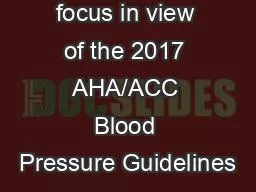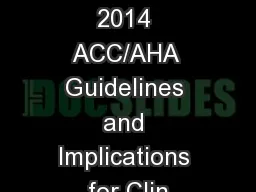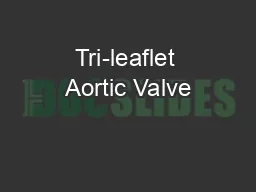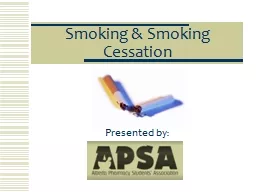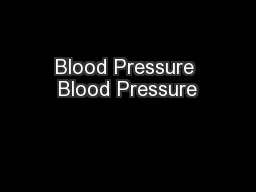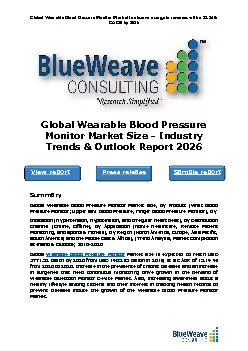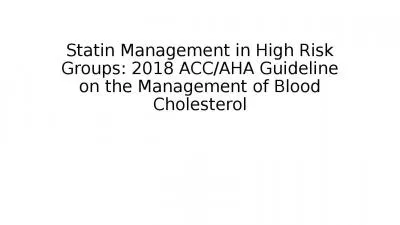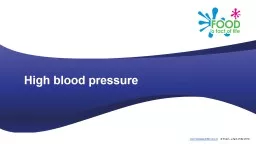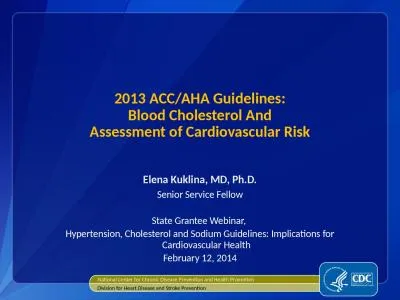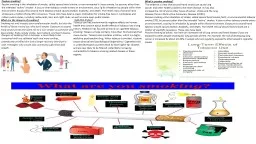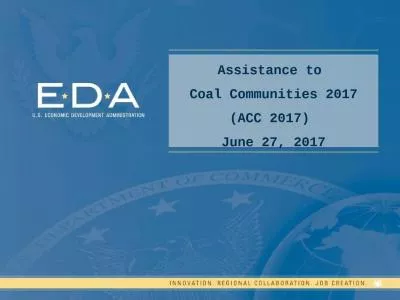PPT-Smoking: A focus in view of the 2017 AHA/ACC Blood Pressure Guidelines
Author : chipaudi | Published Date : 2020-06-24
Atul R Chugh MD FACC RPVI Clinical Hypertension Specialist American Society of Hypertension 2017 High Blood Pressure Guideline Writing Committee Paul K Whelton
Presentation Embed Code
Download Presentation
Download Presentation The PPT/PDF document "Smoking: A focus in view of the 2017 AHA..." is the property of its rightful owner. Permission is granted to download and print the materials on this website for personal, non-commercial use only, and to display it on your personal computer provided you do not modify the materials and that you retain all copyright notices contained in the materials. By downloading content from our website, you accept the terms of this agreement.
Smoking: A focus in view of the 2017 AHA/ACC Blood Pressure Guidelines: Transcript
Download Rules Of Document
"Smoking: A focus in view of the 2017 AHA/ACC Blood Pressure Guidelines"The content belongs to its owner. You may download and print it for personal use, without modification, and keep all copyright notices. By downloading, you agree to these terms.
Related Documents

